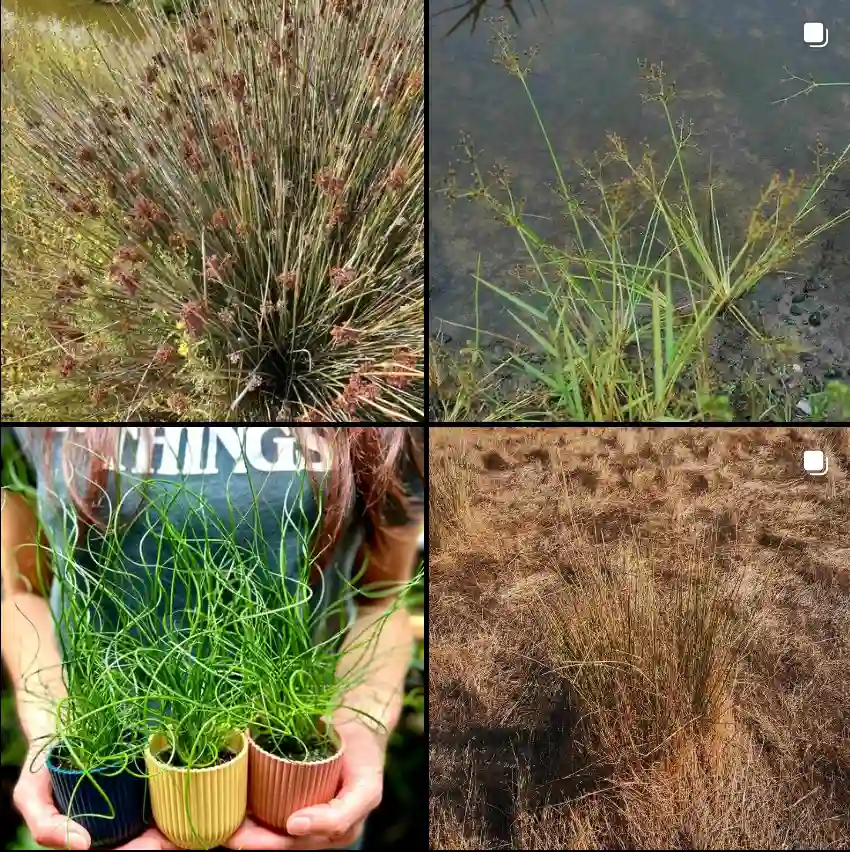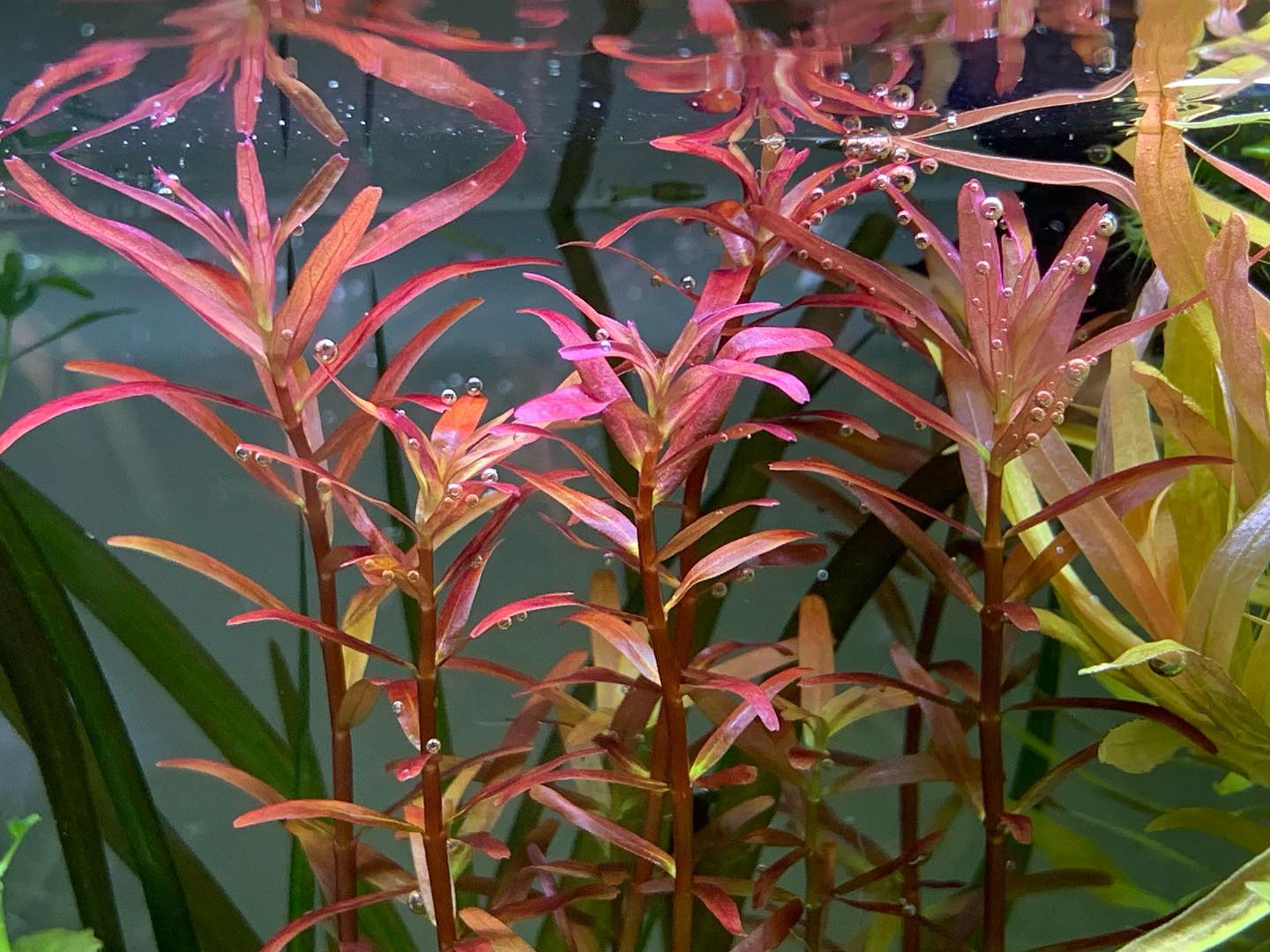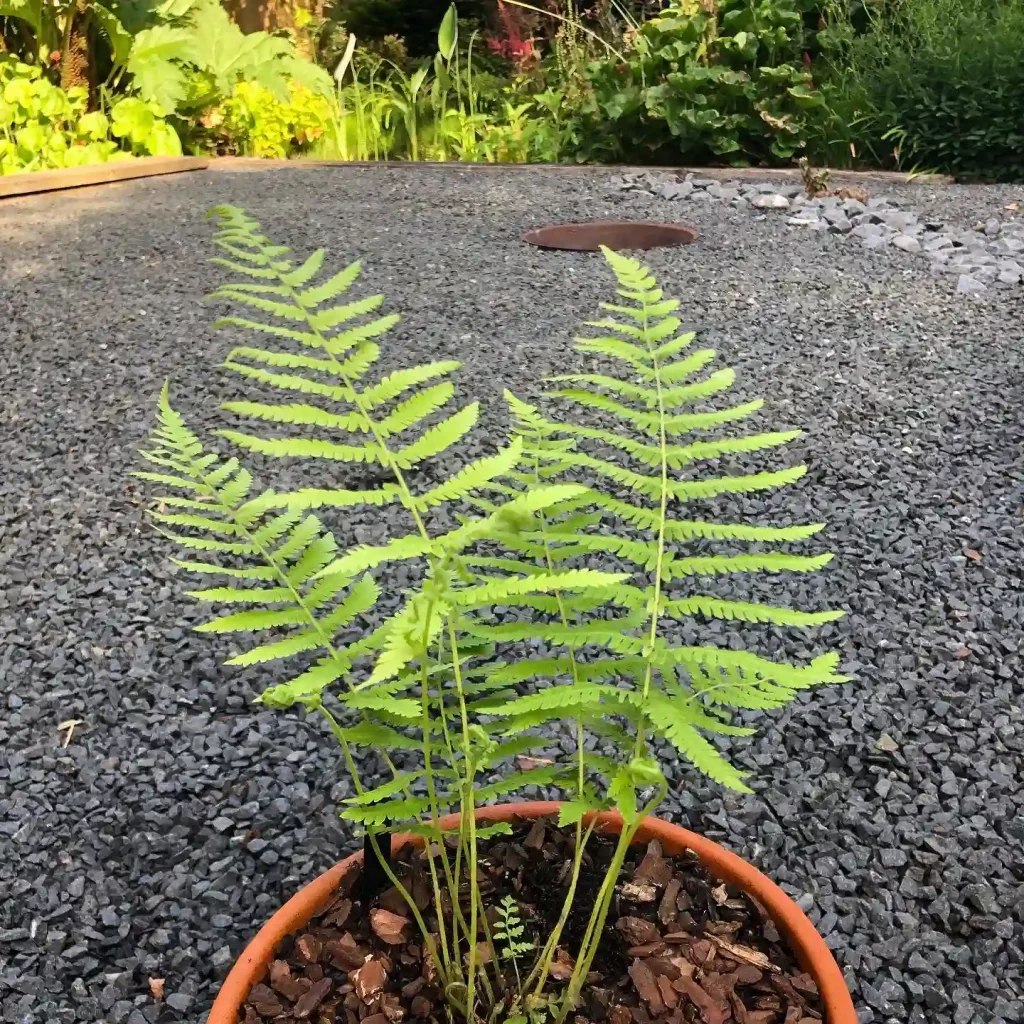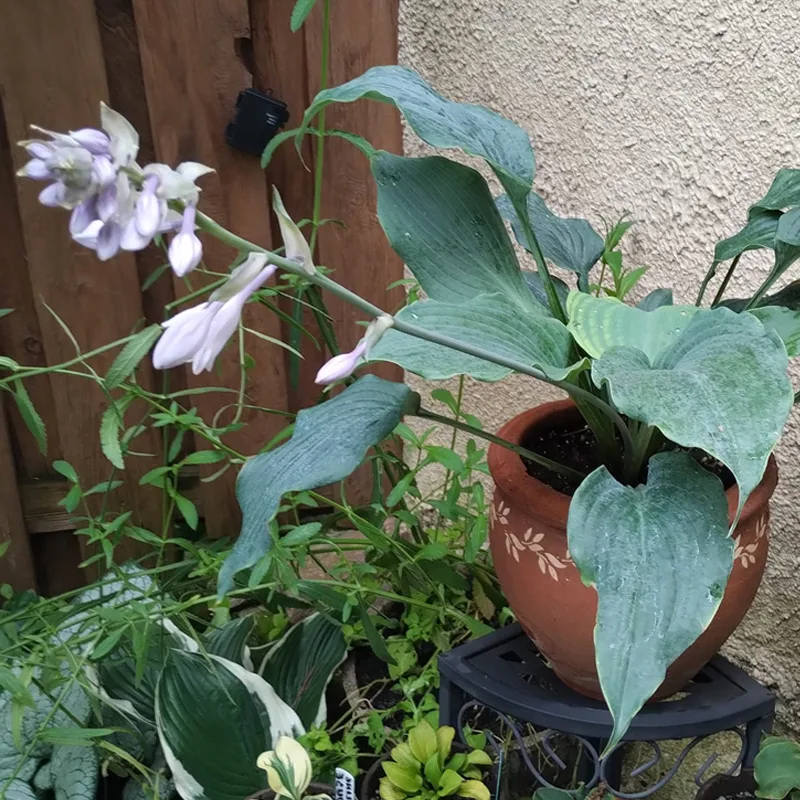Agrostemma: A Deep Dive into the Genus of Corncockles
As a plant enthusiast, I’m always eager to delve deeper into the fascinating world of botany. Today, I want to share my insights into the genus Agrostemma, commonly known as corncockles. These captivating plants, with their vibrant blooms and intriguing history, have captured my attention, and I’m excited to explore their unique characteristics and significance.
What is Agrostemma?
Agrostemma is a genus of annual flowering plants belonging to the Caryophyllaceae family, which also includes carnations and pinks. The name Agrostemma originates from the Greek words “agros” (field) and “stemma” (crown), aptly describing their presence in fields and their crown-like flowers. These plants are native to Europe and Western Asia, and they’ve been introduced to various other parts of the world.
Species in Agrostemma
While the genus Agrostemma was once thought to contain numerous species, recent taxonomic studies have narrowed it down to just two accepted species:
- Agrostemma githago: This is the most well-known species, commonly referred to as the common corncockle. It’s characterized by its tall, slender stems, linear leaves, and showy purple-pink flowers with distinct black veins. Historically, it was a common weed in grain fields, hence the name “corncockle.”
- Agrostemma brachyloba: This species, known as the narrow corncockle, is less common than its counterpart. It features narrower leaves and smaller, paler flowers compared to A. githago.
The Allure of Agrostemma githago
The common corncockle, Agrostemma githago, holds a special place in my heart. Its striking beauty and historical significance make it a truly captivating plant. In the past, it was a ubiquitous sight in grain fields, adding a splash of color to the landscape. However, due to modern agricultural practices and the use of herbicides, its presence has dwindled significantly.
Despite its decline, the common corncockle continues to thrive in wildflower meadows, roadsides, and gardens. Its resilience and adaptability are a testament to its enduring nature. I’m particularly drawn to its delicate yet vibrant flowers, which bloom from late spring to early summer. The contrasting black veins against the pink petals create a mesmerizing visual effect.
The Cultural Significance of Corncockles
Throughout history, corncockles have held various symbolic meanings and cultural associations. In ancient Greece, they were dedicated to the goddess Demeter, who presided over agriculture and harvest. In some European cultures, they were believed to possess magical properties and were used in traditional medicine and folklore.
In the Victorian era, corncockles became a popular motif in art and literature, often symbolizing beauty, simplicity, and nostalgia. Their presence in poetry and paintings evoked a sense of longing for a bygone era, when nature was more intertwined with everyday life.
Growing Agrostemma in Your Garden
If you’re captivated by the charm of corncockles, you might consider adding them to your garden. They’re relatively easy to cultivate, requiring well-drained soil and full sun exposure. Their tall, slender stems make them an excellent choice for borders or wildflower gardens.
However, it’s important to note that all parts of the corncockle plant, especially the seeds, are toxic if ingested. Therefore, it’s crucial to exercise caution when handling them, especially if you have young children or pets.
Conclusion
The genus Agrostemma, with its captivating corncockle species, offers a glimpse into the beauty and diversity of the plant kingdom. Their vibrant blooms, historical significance, and cultural associations make them a truly fascinating subject of study. Whether you encounter them in the wild or cultivate them in your garden, corncockles are sure to leave a lasting impression.
As I continue my exploration of the botanical world, I’m reminded of the intricate connections between plants and humans. The story of Agrostemma is a testament to the enduring power of nature and its ability to inspire and captivate us.
If i die, water my plants!



